
Xiaomi’s recent surge to second in the global smartphone manufacturer charts has been built upon the back of devices such as the 11T Pro and Mi 11 Ultra — but which is the better device?
The Chinese OEM has had an excellent 18 months, benefiting from the downfall of Huawei and made huge gains in the global market. A lot of this is thanks to the “Mi” series of smartphones which is effectively no more. The brand new Xiaomi 11T Pro is the first device to drop the “Mi” branding although it’s technically still the “Mi 11T Pro.” It stacks up well against the flagship Mi 11 Ultra released earlier this year.
However, even though the 11T Pro is not the highest-end device in the Xiaomi lineup for 2021, it’s conceivable the 11T Pro will become the frontrunner in the markets where it will be sold later this year. But which is the best option and why?
Video — Xiaomi 11T Pro vs. Mi 11 Ultra
Subscribe to 9to5Google on YouTube for more videos
Hardware
Looking at a pure spec sheet doesn’t necessarily do the 11T Pro many favors against the Mi 11 Ultra. There are many notable similarities between the devices. The newer phone includes a few tweaks and changes that some people will actually prefer or choose over the more “premium” Ultra model.
| Xiaomi 11T Pro | Xiaomi Mi 11 Ultra | |
| Size | 6.67-inches | 6.81-inches |
| Display | 120Hz / Flat FHD+ / Gorilla Glass Victus / ~400ppi | 120Hz / Curved QHD+ / Gorilla Glass Victus / 515ppi |
| Chipset | Qualcomm Snapdragon 888 | Qualcomm Snapdragon 888 |
| RAM | 8/12GB | 8/12GB |
| Storage | 128/256GB UFS 3.1 | 256/512GB UFS 3.1 |
| Battery | 5,000mAh | 5,000mAh |
| Rear camera | 108MP wide / 8MP ultra-wide / 5MP telemacro | 50MP wide / 48MP ultra-wide / 48MP 5x telephoto |
| Front-facing camera | 16MP | 20MP |
| Biometrics | Capacitive fingerprint scanner | Optical in-display fingerprint scanner |
| Colors | Meteorite Gray / Mooonlight White / Celestial Blue | Ceramic White / Ceramic Black |
A major difference is the flat FHD+ display on the Xiaomi 11T Pro compared to the Mi 11 Ultra’s higher resolution QHD+ panel. There are some larger bezels on the 11T Pro, but a flat display is highly preferred. Both include 120Hz refresh rates, which is great for UI smoothness and elevates every interaction above devices with lower refresh rates.
Toughened Gorilla Glass Victus is used here too, which is said to be 2x tougher than Gorilla Glass 6. Even with this tougher glass exterior, the curved display will be more prone to damage. The 11T Pro should fair better if you encounter a drop because of this. The ceramic backplate on the Mi 11 Ultra can withstand daily punishment without a case very readily too.
The usage of the Qualcomm Snapdragon 888 and UFS 3.1 storage means that performance levels are practically identical. The Mi 11 Ultra benefits from increased storage options. The base storage on the 11T Pro is 128GB versus 256GB on the Ultra model. There is no storage expansion, unfortunately, so it’s important to pick wisely.
Xiaomi’s devices now come with vastly improved haptic motors, meaning that haptic feedback is excellent and could possibly provide the best experience on Android. Crisp taps and touches are guaranteed with each and every interaction. Thanks to dual stereo speakers, the audio experience tuned by Harmon Kardon ensures that watching video content on either the 11T Pro or Mi 11 Ultra is an enjoyable experience.
Software

MIUI is easily one of the most feature-rich third-party Android skins available, and it comes in the same flavor on the Xiaomi 11T Pro and Mi 11 Ultra. Even so, because of associated hardware MIUI 12.5 isn’t quite the same on the device duo.
| Xiaomi 11T Pro | Xiaomi Mi 11 Ultra | |
| Software | Shipped with Android 11 and MIUI 12.5 | Shipped with Android 11 and MIUI 12.5 |
| Features | Harmon Kardon dual speakers 5G connectivity Capacitive fingerprint scanner | Harmon Kardon dual speakers Wireless charging Reverse wireless charging 5G connectivity IP68 rating In-display fingerprint scanner Rear-display |
This is Android 11 with some twists and tuning to give you added controls and functions than many of the lighter skins from other OEMs. If you want a mountain of customization at your fingertips, then MIUI is a fine choice – despite some iOS-inspired aesthetic changes.
Biometric security on the Xiaomi 11T Pro and Mi 11 Ultra is reliant on a fingerprint scanner, however, there are some subtle differences in each scanner. The 11T Pro has a capacitive scanner within the power button while the Mi 11 Ultra includes an optical in-display reader. Both scanners are fast and accurate but the 11T Pro has a very slight edge.
A neat but limited secondary screen on the Xiaomi Mi 11 Ultra adds a level of intrigue. It can be useful for checking notifications and even as a framing tool when wanting to take selfies with the rear camera setup. While the screen is by no means a reason to buy the Mi 11 Ultra over the 11T Pro, it’s an eye-catching addition.
The script is flipped when it comes to the update schedule for the Xiaomi 11T Pro and Mi 11 Ultra. Xiaomi recently confirmed that the 11T series will be eligible for 3 years of OS upgrades and 4 years of regular security patches and support. Conversely, the Xiaomi Mi 11 Ultra is only guaranteed to be updated to Android 12 – and likely MIUI 13. It already gets security updates on a 90-day schedule, which falls far short of the likes of Samsung which offers monthly patches and full updates in a timely manner.
Battery and charging
Xiaomi has led the industry in recent years in charging speeds. It also helps that the firm is not afraid to throw huge internal batteries into their devices. With power-hungry 120Hz displays, you want to be able to rely on your smartphone to last all day, and the 5,000mAh internal cells are more than enough for heavy days — even with the full resolution and refresh rates enabled.
You won’t need to worry about charging speeds on either device. While the 11T Pro comes with insanely fast 120W wired charging, the Mi 11 Ultra includes 67W wired and wireless charging along with the ability to reverse wireless charge at 10W speeds. Not having wireless charging on the 11T Pro is disappointing, but when you can go from 0 to 100% in under 18 minutes, your charge habits will alter drastically.
| Xiaomi 11T Pro | Xiaomi Mi 11 Ultra | |
| Battery size | 5,000mAh | 5,000mAh |
| Charging Speed | 120W wired | 67W wired 67W Qi wireless 10W reverse wireless |
Another thing to note is that even though the Mi 11 Ultra supports 67W wired and wireless charging, the in-the-box power brick is rated at 55W. You’re looking at an hour to full charge the 5,000mAh internal cell from 0% with the included charger. This is great for such a large battery but pales in comparison to the newer model.
The battery life of each device is fairly similar when the screen resolution on the Mi 11 Ultra is set to FHD+. Set at the full QHD+ resolution and 120Hz refresh rate and the Xiaomi 11T Pro offers extended longevity. It’s worth noting that this is anecdotal given that daily usage will vary from person to person.
Cameras
Xiaomi has been really pushing the idea that ultra-high resolutions are what we are all craving on our smartphones. The Xiaomi Mi 11 Ultra easily beats out the 11T Pro in the sheer variety of focal length even though the newer handset has a higher resolution main sensor.
| Xiaomi 11T Pro | Xiaomi Mi 11 Ultra | |
| Main sensor | Samsung ISOCELL HM2 108MP f1.75 aperture | Samsung ISOCELL GN2 50MP f2.0 aperture |
| Secondary sensor | 8MP ultra-wide-angle f2.2 aperture 120˚ FOV | Sony IMX 586 48MP ultra-wide-angle f2.2 aperture 107˚ FOV |
| Tertiary sensor | 5MP telemacro f3.4 aperture | 48MP 5x optical telephoto f4.1 aperture |
| Front-facing sensor | 16MP f2.5 aperture | 20MP f2.3 aperture |
| Camera hardware features | EIS PDAF | OIS EIS PDAF 5x optical zoom |
| Camera software features | Selfie Night Mode Dual Native ISO Night Mode AI Night Mode Portrait Mode Dual Video recording Long Exposure Movie Effects Pro mode | Selfie Night Mode Dual Native ISO Night Mode AI Night Mode Portrait Mode Dual Video recording Long Exposure Movie Effects Pro mode 10x hybrid zoom 120x digital hybrid zoom |
Having such a large 108-megapixel main sensor is great for flexibility on the Xiaomi 11T Pro. While that main sensor is pretty darn good, the Mi 11 UItra is among the best Android smartphone camera setups right now. Sure, it’s not perfect, but the ability to get excellent results at up to 30x zoom, as well as the fun that comes with 120x zoom, cannot be understated.
Beyond the main sensor, it’s an unfair contest that the Xiaomi Mi 11 Ultra easily wins without breaking a sweat. Add in the selfie camera differences and the ability to use the excellent rear camera setup as your selfie setup — aided by the mini rear display — and if you care about mobile photography then the Mi 11 Ultra is where you should focus your attention.
The same camera app functions and features are present across both devices, minus some of the ultra zoom functions. This means that you can access things like the improved Night Mode, Dual Video recording, Long Exposure, and Movie effects as well as full Pro mode controls.
Xiaomi 11T Pro or Xiaomi Mi 11 Ultra: Which should I choose?
About upgrading: 9to5Google often gives specific product recommendations. Sometimes, we may suggest not upgrading, due to various reasons including, but not limited to: increased device cost, negligible performance gains, or environmental impact. Whether to upgrade is always your call, but our aim is to help you make as informed a decision as possible.
The 11T Pro and Mi 11 Ultra are two phones at very different price points, but by promising longer-term support for the cheaper option, Xiaomi almost makes the buying decision for you with the 11T Pro. No smartphone over $1,000, £1,000, or €1,000 should get just one full Android upgrade. We’re really hoping that Xiaomi reconsiders supporting the Mi 11 Ultra for longer, as it’s a beast of a smartphone that offers a great alternative to the Samsung Galaxy S21 Ultra.
On paper, the Mi 11 Ultra is the bigger, better smartphone. In reality, the Xiaomi 11T Pro is the only choice if you’re looking to hold onto your device for longer than a few years. It has excellent performance and although it lacks a few things here and there, it’s a great smartphone for its proposed pricing.
If you’re in North American markets, you won’t get to decide between either of these fairly solid smartphones. Instead, you might want to look at the OnePlus 9 series or Galaxy S21 series. In global regions, while the Mi 11 Ultra is a perfect alternative to the likes of the Galaxy S21 Ultra, it’s tough to recommend over the 11T Pro as the Android upgrade plan is pretty darn poor. Ultimately the choice is yours, but with all of the above information, hopefully, you’ll now know all of the core differences to help you make the all-important purchase decision.
Where can I get the best deal on the Xiaomi 11T Pro or Mi 11 Ultra?
Unfortunately, if you’re in the United States it’s tough to get hold of Xiaomi products via official channels. However, the Chinese OEM does offer a limited selection of their products and smartphones via an official Amazon storefront. In some cases, we would advise against this due to certain devices lacking access to necessary cell network bands.
Alternatively, you can import the Xiaomi Mi 11 Ultra and 11T Pro from direct retailers. You will lack official device support in this instance though.
FTC: We use income earning auto affiliate links. More.
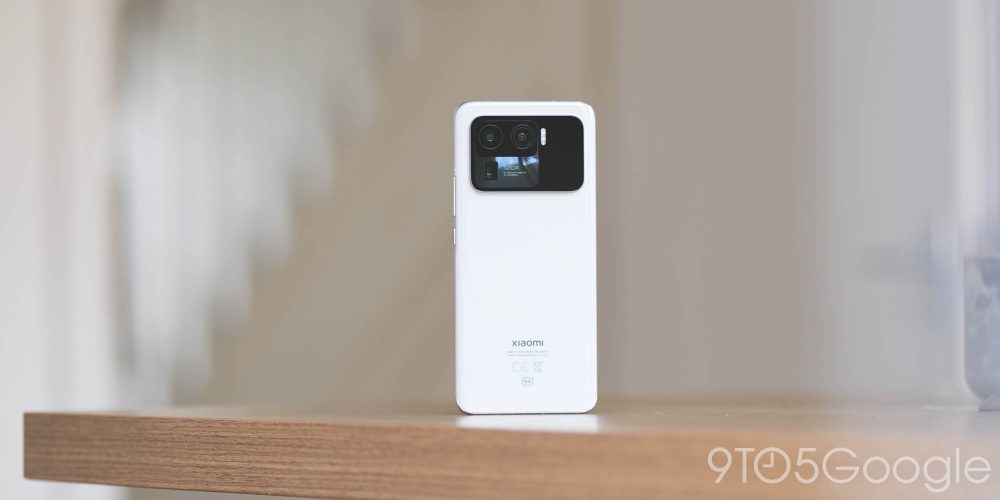
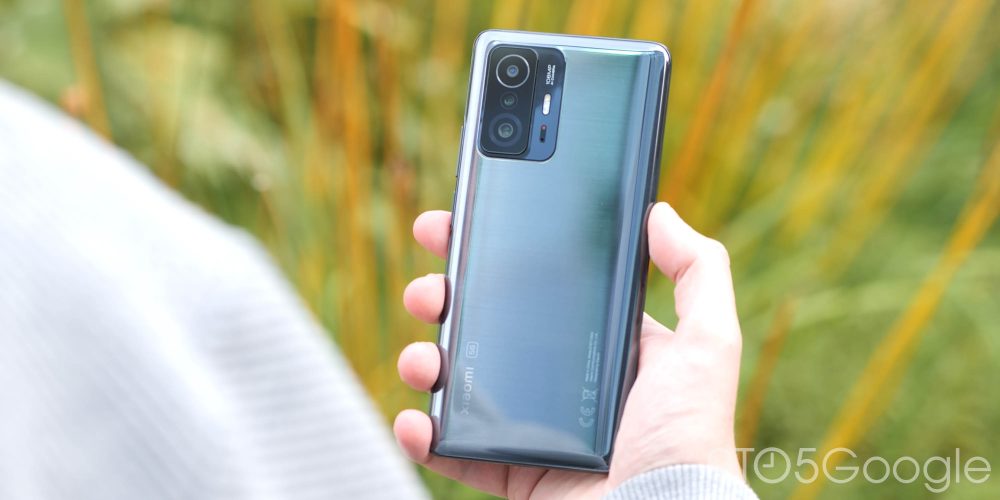
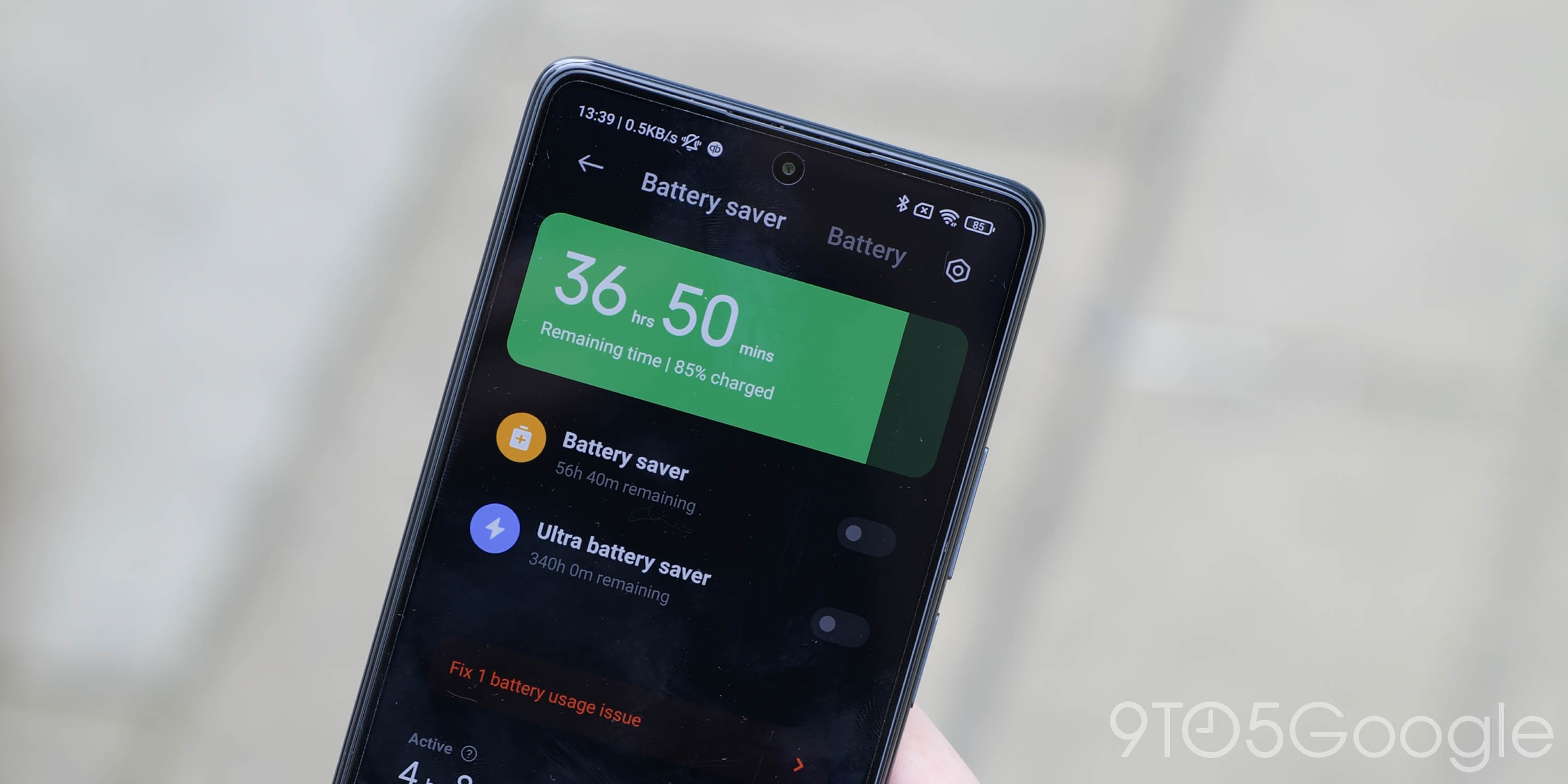
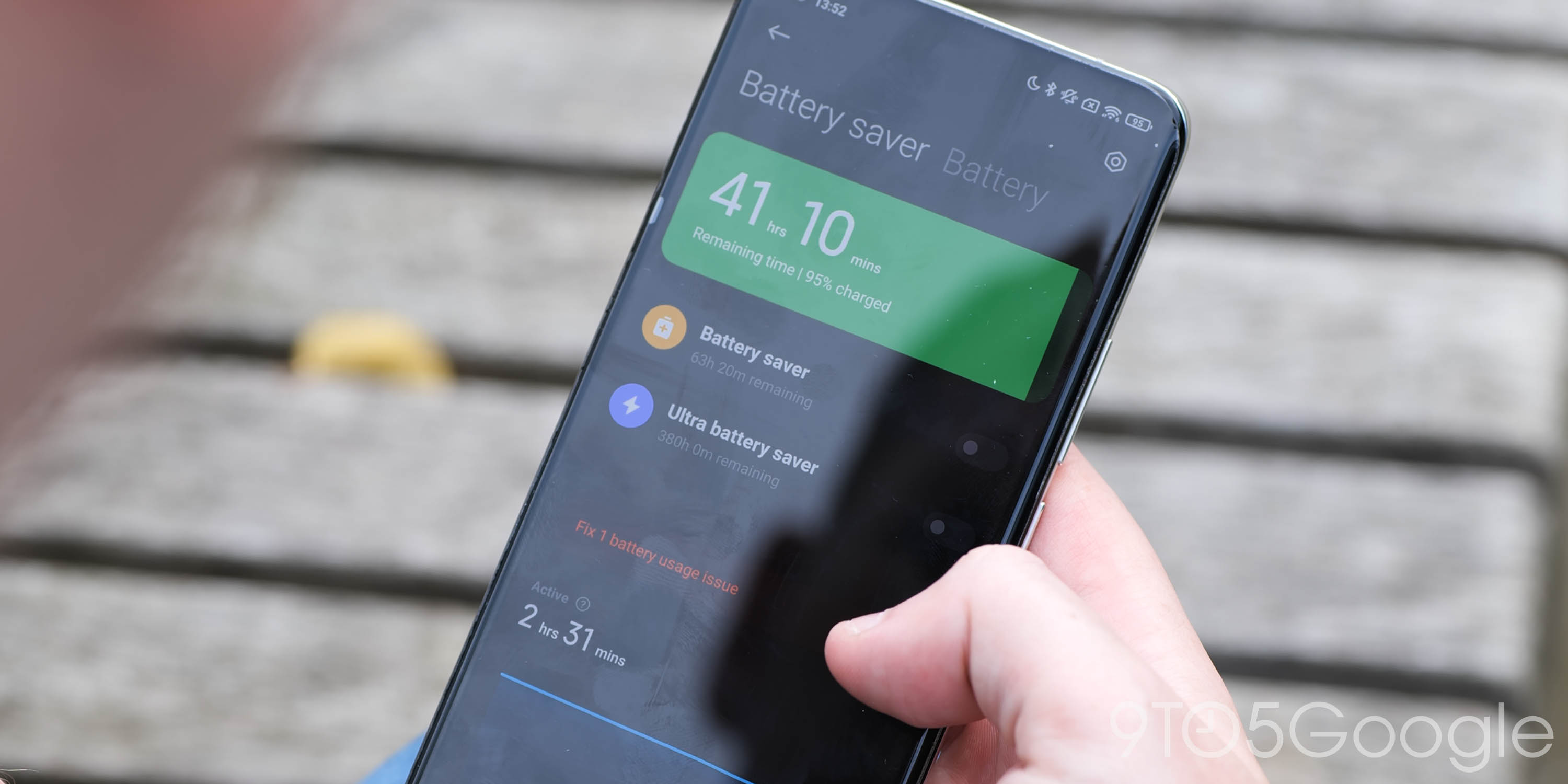
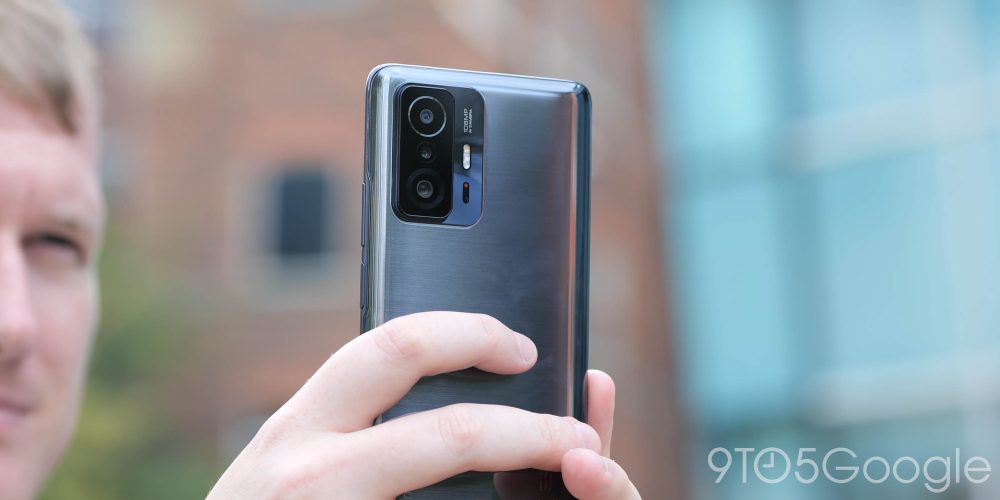
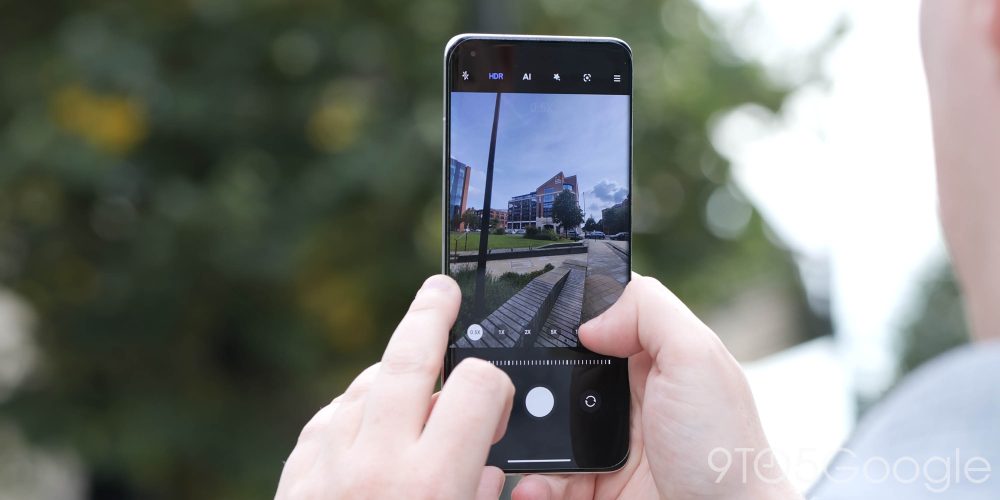
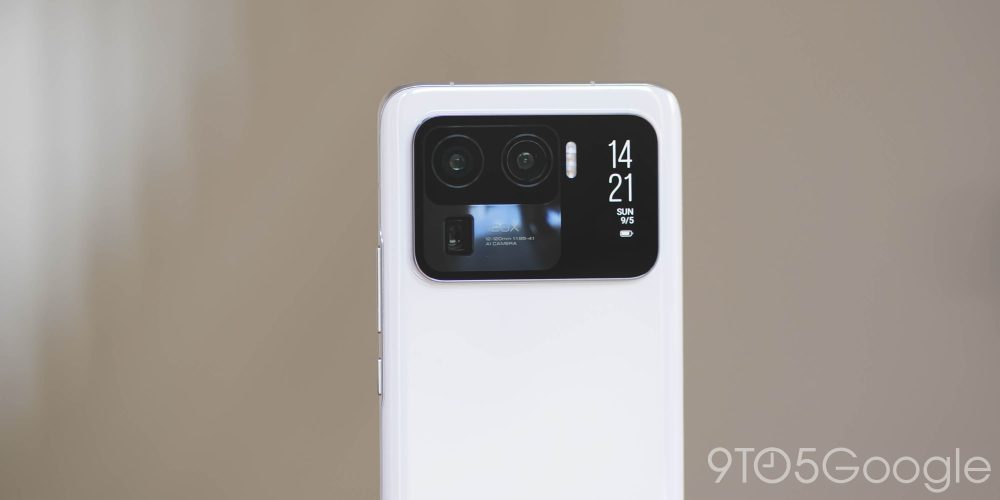






Comments